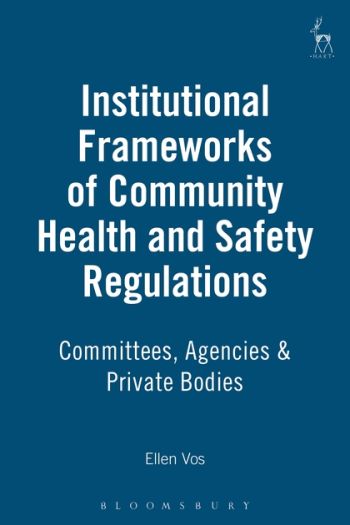
This text analyzes the emergence of European Community product safety regulation, which is explained as a reaction both to spill-over effects of the internal market policy, and to growing societal concerns regarding health and safety regulation. Due to factors such as mutual distrust between the Member States, the ""post-Maastricht"" Community is increasingly required to play a direct role in health and safety regulation. This has confronted the Community with regulatory problems relating to the assessment and management of risks.;This book seeks to identify the principles of the resulting Community approach to risk regulation. It first elaborates on the fundamental European Union law concepts of competence, institutional balance, subsidiarity, and delegation of powers in relation to health and safety. These legal concepts are then used to appraise the legality and the legitimacy of the three basic regulatory patterns typical of the Community approach to science-based decision-making: resorting to committees (in the food sector), to agencies (pharmaceuticals), and to private bodies (standardization).;The book concludes that Community risk regulation is pragmatic but lacks a coherent regulatory model. However, events following the BSE crisis suggest the Community may be taking the first tentative steps toward developing a general concept of risk regulation.